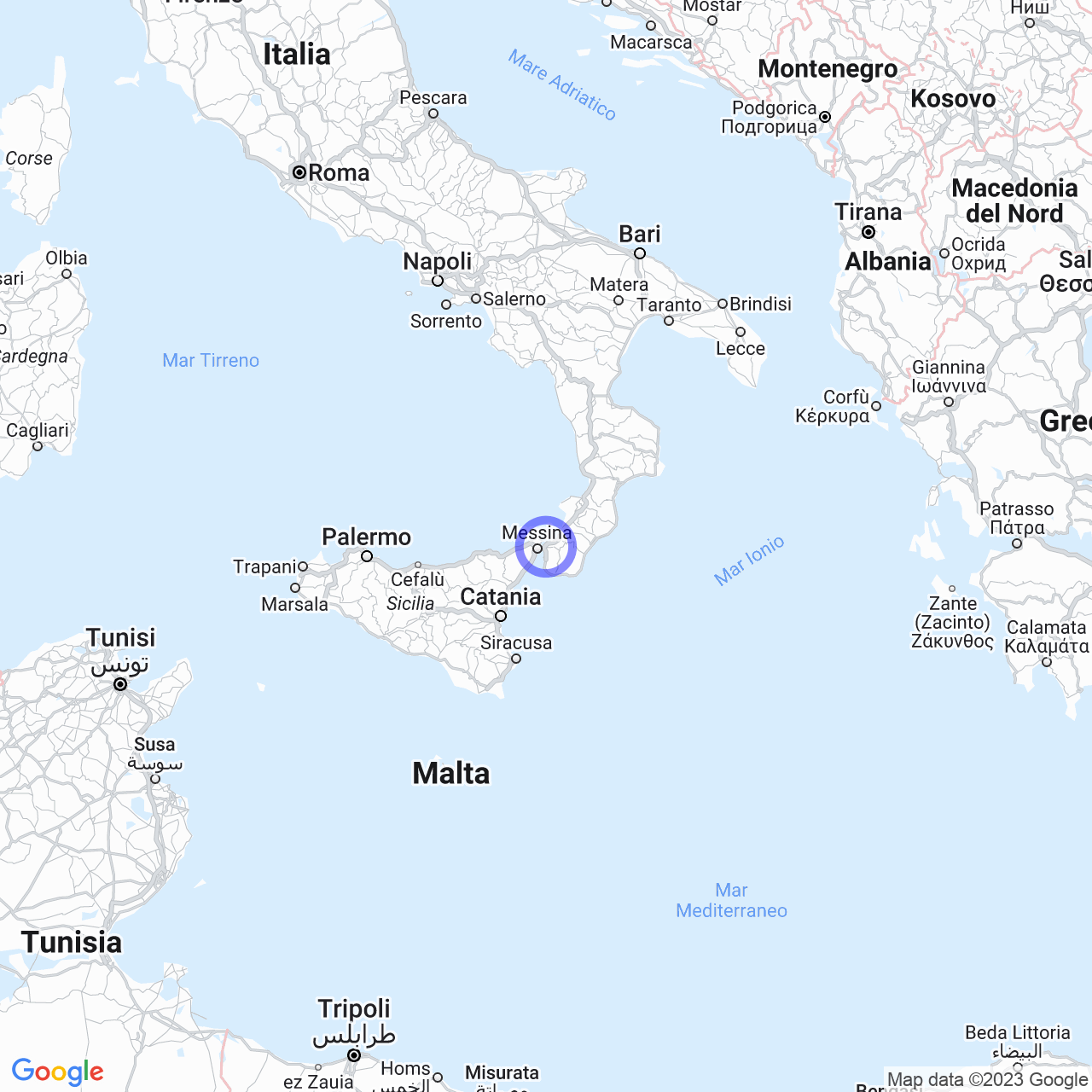Campo Calabro
Reggio Calabria: a city with a long history
Reggio Calabria, also known as Rìggiu in the Reggio dialect, is a city in Calabria, located on the eastern coast of the Strait of Messina. Founded in the Greek era, Reggio Calabria has a millennia-old history. Despite earthquakes that have caused considerable damage to the city, its historic center has been reconstructed and modernized. With a population of over 171,000 inhabitants, Reggio Calabria is the largest city in the province and the only metropolitan city in the region. It is also the seat of the Regional Council of Calabria and is considered one of the most important cities in Calabria.
The physical geography of Reggio Calabria
The territory of the municipality of Reggio Calabria extends along the eastern coast of the Strait of Messina for about 32 km, and towards the east, from the sea to the mountains, for another 30 km or so. The city covers an area of 236.02 km² and ranges from a minimum altitude of 0 meters to a maximum of 1,803 meters above sea level. Reggio Calabria's historic center has been reconstructed at an average altitude of 31 meters above sea level, but the lowest coastal part has been left free of civil constructions due to its proximity to the sea. The entire coastline in front of the historic center has therefore been leveled into three volumes, low marine via, high marine via, and botanical strip. The city overlooks the Strait of Messina, a roughly 3.5 km stretch of sea that separates it from Messina, the western shore city.

The cultural heritage of Reggio Calabria
Reggio Calabria has a strong cultural identity, with an ancient artistic and architectural tradition. One of its most important symbols is the famous National Archaeological Museum of Reggio Calabria, which exhibits collections of artifacts from Magna Graecia and the famous Riace Bronzes. The city was one of the main cities of Magna Graecia, and its long history has left an imprint on the city's architecture. The city was reconstructed in a modern way after the earthquakes of 1908: the historic center, reconstructed at an average altitude of 31 m above sea level, features modern and elegant architecture, with wide, tree-lined avenues running through it. The city offers many other cultural attractions, such as the Church of San Giorgio al Corso, the Aragonese Castle, and the Cathedral.
The importance of Reggio Calabria today
Reggio Calabria is the largest city in the province and the only metropolitan city in the region and plays an important role in the regional economy. The city is part of the Metropolitan Area of the Strait of Messina, a conurbation resulting from the urban continuity with strong social and economic integration between the municipalities on both sides of the strait. The metropolitan area represents one of the main industrial areas of Southern Italy, with many commercial and financial activities present. The city of Reggio Calabria houses important public and private institutions, some of which are the University Campus of Reggio Calabria and the University Hospital. Furthermore, many cultural and sports associations are present in the city, offering many opportunities to residents.
Conclusions
In conclusion, Reggio Calabria is a city with a long history and a strong cultural identity. The city has been reconstructed in a modern way after the earthquakes of 1908 and offers many cultural attractions, such as the National Archaeological Museum and the Cathedral. The city is important from an economic point of view, being one of the main industrial centers of the Metropolitan Area of the Strait of Messina. The city is an excellent place to visit and live, with many services and opportunities for its residents.
